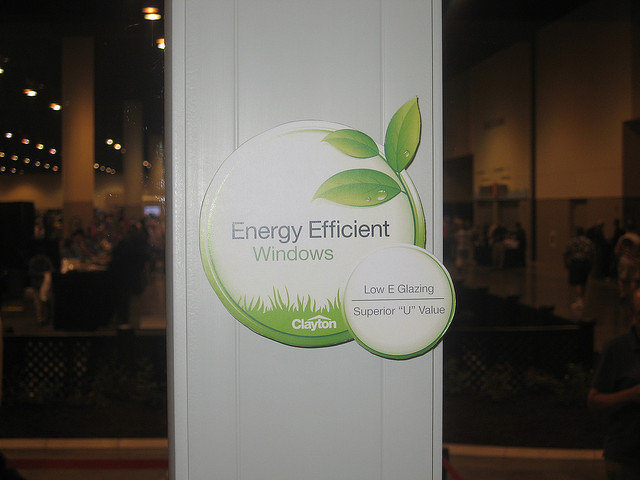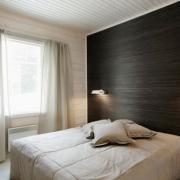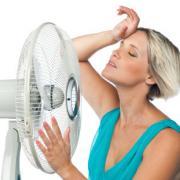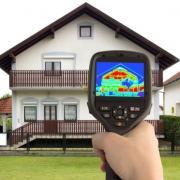Energy Efficient Windows
Windows add light and character to our homes, yet they can also create a huge drain on energy if they are not carefully selected and installed.
Installing energy efficient glazing is the best answer and will repay the initial outlay over just a few years, but if finances are tight then there are some simple steps that can be taken to improve energy efficiency and save money until new glazing is an option.
Add storm windows, caulk and weather strip to reduce air leaks and use drapes to reduce heat loss in the window and to stop heat gain in the summer.
When considering windows, minimise the number of windows on the east, west and north facing walls while still allowing for adequate natural lighting. Windows on the south facing wall should have a solar heat gain coefficient (SHGC) of greater than 0.6 to maximise energy efficiency.

The aim is to maximise heat gain in the winter and minimise it in the summer, so bear in mind the number and size of your windows to ensure that your energy usage is maximised. Low emissivity glazing can help control solar heat gain in heating dominated areas.
Similarly, major glazing areas should generally face south to collect solar heat when the sun is low in the sky in winter, while during the summer overhead overhangs and other shading devices will help prevent excessive heat gain.
A coated glazing will help reduce energy costs by controlling heat transfer. A virtually invisible coating of metal or metallic oxide saves energy costs as does a tinted glass which reflects light in summer and absorbs in winter.
Also, take into consideration how your windows open as some styles have lower air leakage rates than others.
Awning style, were the window is hinged and the top and opens outwards has a lower leakage than sliding windows due to the sash pressing against the frame. Hopper windows, hinged at the bottom and that open inwards also have lower leakage rates. Casement windows are hinged at the side and also have a lower leakage rate.
Fixed panes, when fitted properly, have zero leakage but are not desirable in areas where ventilation is required. Single and double hung and sliding sashes that slide vertically or horizontally have a higher air leakage rate than hinged windows.









